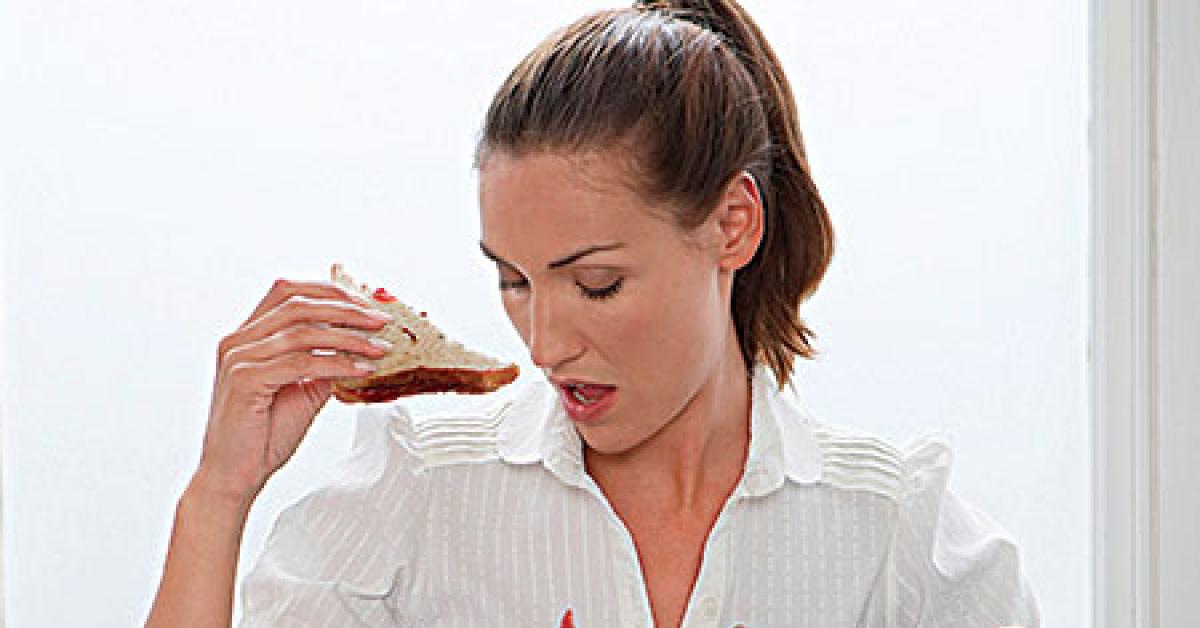CONCORD, N.C. — There are times when stains are easy to identify. However, the appearance of a stain can be altered by time, temperature, and even the color of the garment.
Let’s use blood as an example.
Fresh blood will have a good red tint, older blood will gradually change to a brown (like chocolate), and eventually the blood will appear as a virtually black stain.
Stains can be identified by using location, occupation, texture, odor, or the intensity of the color.
In real estate, the cry is always location, location, location. Many times, the same is true with garment stains. Location can go a long way in helping to identify the origin and nature of the stain.
To remove the stain, you should know its composition. The location of the stain on the garment is a factor in actual stain removal in only a limited number of circumstances.
When the stain covers any form of decorative trim, or is near decorative trim, the first priority is to do no harm to the trim. This will involve reducing mechanical action or not using paint, oil and grease remover (POG) near it.
Mechanical action can be controlled by using the bone scraper, slowly and with a minimum of pressure.
It is an advantage to keep a worn-out toothbrush near the board. The softened bristles will penetrate seams where the stiff bristles of a standard brush will not, and without the need for even the minimum risk involved with tamping.
When you are aware of a customer’s occupation, it can serve as a reliable guide for identifying some stains. That charcoal shadow on the secretary’s blouse or blazer sleeve may well be from the ink of an office copier/printer. A salesman that travels is subject to picking up the grease from his car door’s latching mechanism.
Getting to know your regular customers is a great way to enhance customer retention, but can also act as a guide in stain identification.
Steam can be a great aid in locating and identifying stains. It is easy to overlook a stain resulting from spilling a clear beverage. Given time and/or heat, any sugar in that “invisible” stain will turn brown. This is a caramelized sugar stain.
If you suspect, or are told by the customer, that a clear liquid has been spilled on a garment, you should lightly spray the garment over the solid portion of the board from at least 9 inches away.
The outline of any clear beverage stain will quickly appear and allow simple removal with neutral synthetic detergent or a good tannin formula.
The wet-side protocol is to first flush the area with steam. There are times when this rehydration (replacing the moisture in the stain) will give an indication of the stain’s content. You may detect the odor that the now-moist stain gives off.
I once met a spotter from the Florida Panhandle who claimed he could identify the specific brand of bourbon, simply by flushing the stain with steam. Whether it is the sweet smell of perfume, or the harsh smell of a cleaning agent, you are a step ahead when you know exactly what the stain contains.
Check back Thursday for the conclusion.
Have a question or comment? E-mail our editor Dave Davis at [email protected].

